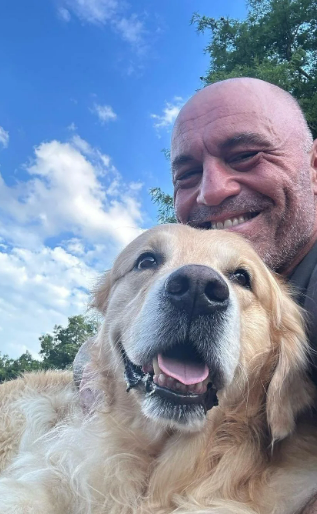I’ve been doing a deep dive into the English Grammar and I realized I haven’t even discussed the 8 parts of speech yet. Now, I’m not trying to reinvent the wheel here so most of the information I’m sharing is based on what I learned during my formative years, additional research and reading about the subject.
My most recent purchase of English Grammar for Dummies by Geraldine Woods made me realize that there are more things I can share about the subject using her as a jumping off board. After all, she’s the expert.
And like I said, I’m not reinventing the wheel here. She did. All I’m probably doing is adding little things here and there like painting the spokes and showing off the wheel to those who haven’t seen it yet.
And if you want first-hand information, I highly recommend buying the book from her.
So here it is, the 8 parts of speech.
Let’s Start this list of the 8 Parts of Speech with Nouns

Think of nouns as the stars of our language show! They’re the names of:
- People (teacher, Michael, doctor)
- Places (Paris, kitchen, school)
- Things (book, computer, happiness)
- Ideas (love, freedom, peace)
Remember: If you can put “the” in front of it, it’s probably a noun!
Next, Pronouns or the Stand-Ins for Nouns

These little heroes save us from endless repetition! They include:
- Personal pronouns (I, you, he, she, it, we, they)
- Possessive pronouns (mine, yours, his, hers, ours)
- Demonstrative pronouns (this, that, these, those)
- Relative pronouns (who, which, that)
Think of pronouns as the understudies in a play – they step in for the nouns when needed! Let’s say your noun is Abraham Lincoln, you don’t want to use it every time in every sentence in your paragraph. You can mix it up by using pronouns as a substitute.
Verbs the Action Stars in a Sentence
Verbs are where the action is! They come in two main flavors:
- Action verbs (run, jump, sing, dance)
- Being verbs (am, is, are, was, were)

Hot Tip: Every complete sentence needs a verb. It’s like trying to drive a car without an engine – it just won’t work!
We’ll cover that more when we go into subject-verb agreements. If we can get all of the 8 parts of speech covered in the next few weeks, then we’ll be able to go into subject-verb agreements.
Adjectives the English Grammar Color Commentator

Adjectives are the detail painters of our language. They describe nouns and tell us:
- How something looks (blue, tall, shiny)
- How something feels (soft, rough, smooth)
- What kind of thing it is (wooden, French, ancient)
- How many (few, many, several)
Think of it as the equivalent of Joe Rogan describing what’s happening in the sentence as it happens.
Adverbs – The Verb’s Best Friend
These modifiers tell us:
- How something is done (quickly, carefully)
- When something happens (soon, later, now)
- Where something occurs (here, there, everywhere)
- To what extent (very, extremely, somewhat)

Remember: Many (but not all!) adverbs end in -ly.
Prepositions – The Relationship Counselors
These words show relationships between words in a sentence:

- Physical relationships (in, on, under, between)
- Time relationships (before, after, during)
- Other relationships (for, with, about)
They are also used to show direction, place, location, spatial relationships and to introduce an object. Think of prepositions as tiny bridges connecting different parts of your sentence!
Connecting Words with Conjunctions
These wonderful words are the social butterflies of grammar. They connect words, phrases, clauses or sentences:

- Coordinating (FANBOYS: for, and, nor, but, or, yet, so)
- Subordinating (because, although, unless)
- Paired or Correlative (either/or, neither/nor)
There’s more info about conjunctions here.
And Finally, to Round off This List of the 8 Parts of Speech – Interjections. Wow!
See what I did there? I tend to think of interjections as the drama queens of grammar!
They depict emotions, express a feeling or are used to demand something.

While they are a part of speech, they are not grammatically connected to other parts of the sentence.
- Strong emotions (Wow! Ouch! Yikes!)
- Mild reactions (Well, Oh, Hmm)
Style Tip: Use these sparingly in formal writing – they’re best saved for casual conversation or creative writing.
A Quick Memory Trick to Easily Memorize the 8 Parts of Speech
English is not my first language. Because of that, I had to learn it during my formative years in school. To understand the 8 parts of speech better, I tried to relate them with things I understand like shows or theatrical plays.
So, think of a sentence as a little play:
- Nouns and Pronouns are the actors
- Verbs are the actions they perform
- Adjectives and Adverbs are the costume and stage directions
- Prepositions set the scene
- Conjunctions are the scene changes
- Interjections are the audience reactions!
I hope this helps.
Next week we’ll do a deeper dive into nouns and hopefully mix in some pronouns.
I have more basic tips written here.
